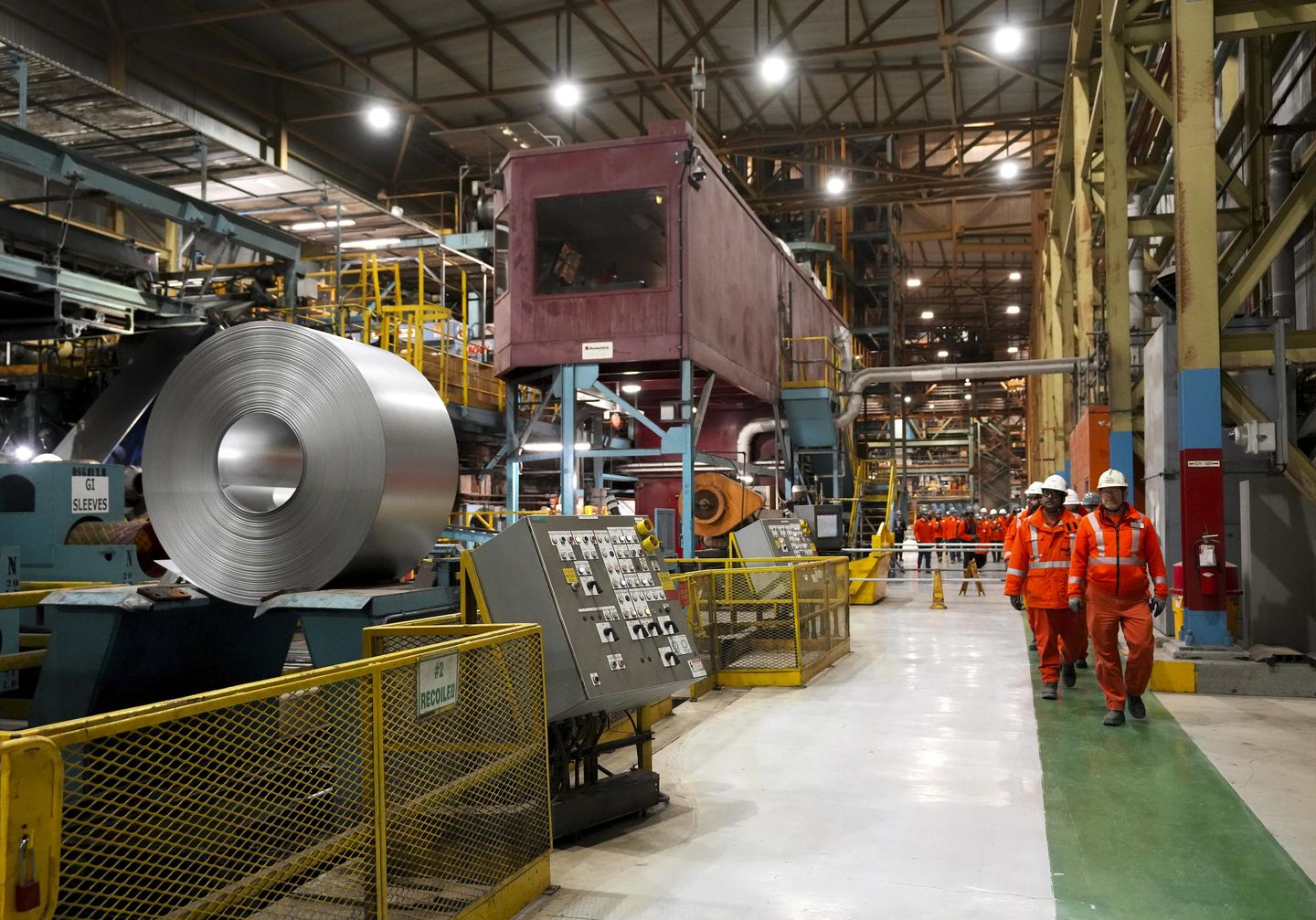
Recent reports predict that car insurance premiums will surge if President Trump carries out his threat to tax metals imported from Canada and Mexico next month.
There is no such thing as a “100% American-made car” due to large volumes of auto parts coming from Canada and Mexico, according to Bankrate.
The financial services company said Friday in a report that it could take “several months” to gauge the impact of the upcoming tariffs. As of this month, Bankrate estimates that full car insurance coverage averages $223 a month and minimum coverage $67.
“While slowing inflation can help create more favorable economic conditions, tariffs on U.S. imports are likely to increase auto insurance rates in the coming years,” said Shannon Martin, a Bankrate insurance expert.
Mr. Trump imposed 25% tariffs on aluminum and steel imports this month but agreed to postpone applying them to Canada and Mexico until April 2.
The digital insurance agency Insurify estimates that applying the tariffs to Mexico and Canada, which have benefitted from a trade agreement Mr. Trump signed in 2019 during his first term, will increase premiums by an average of 8% nationwide by the end of this year, from $2,313 to $2,502 annually.
That’s up from a 5% annual increase in insurance premiums since 2022 and a 3% yearly bump before the pandemic.
“As the price of replacement parts increases, premiums will have to increase accordingly,” said Daniel Lucas, Insurify’s carrier relations manager.
Insurify cited data showing that half of U.S. aluminum imports come from Canada, that Mexico provided 43% of total U.S. auto parts imported between January and November 2024, and that both nations provide 32% of the U.S. auto parts supply.
The American Property Casualty Insurance Association estimates that the Trump tariffs would increase the annual cost of personal auto insurance claims by somewhere between $7 billion and $24 billion.
“Given insurers’ expenses beyond the direct cost of claims, the total premium impact will likely be higher,” said Eileen Gilligan, vice president for public affairs for the insurance industry trade group.
In an email Monday to The Washington Times, a White House spokesperson said there are “no exemptions [to the tariffs] planned for anyone, including for Canada and Mexico.”
The email pointed to industry data showing that car insurance costs grew at lower rates after the first Trump administration imposed steel and aluminum tariffs in 2018 and 2019.
“We’re already seeing robust investment in American steel and aluminum production, such as Hyundai’s $20 billion investment announcement today that includes steel production in Louisiana,” the spokesperson said. “That’s on top of already existing idle capacity by American metals producers being fired up.”
American Property Casualty’s Ms. Gilligan cited a growing number of uninsured drivers and said the “new tariffs come at a time when consumers, businesses, and the insurance industry are just beginning to recover from the one-two punch of historic inflation and COVID-related cost drivers.”
“If parts become more expensive, car owners will pay more each time they need something fixed,” she said. “Repairs would also take longer if the supply chain is not set up to provide parts from other countries. This would lead to storage fees and additional expenses, including rental cars. And insurers would need to pay more per claim.”
Pandemic risks
Before the pandemic, insurers hiked automobile rates by an average of 3% each year.
According to separate reports from Insurify and S&P Global Market Intelligence, car insurance rates surged 12% in 2021 amid a spike in reckless driving during pandemic travel restrictions.
The annual rate of increase has remained elevated since 2022 as global supply chain disruptions struggle to keep pace with pent-up demand for cars and auto repairs from drivers returning to the road.
Insurify estimates that Mexico and Canada accounted for about 35% of U.S. steel imports in 2024 and one in every five cars and light trucks sold nationwide.
Reached for comment, some industry insiders said the increase in insurance premiums will depend on how quickly next month’s tariffs impact auto suppliers.
Others predicted the tariffs would never hit Canada or Mexico at all, despite the Trump administration’s threats.
“Much of the tariff bluster coming from the Trump administration is negotiation tactics, and judging by the outrage of the media, it’s working,” said Hans Dau, founder of Mitchell Madison Group business consulting firm. “Both Canada and Mexico are so incredibly dependent on US trade that they will just cave.”
Mr. Dau noted that 77% of Canada’s exports accounting for nearly one-fourth of its Gross Domestic Product go to the U.S., as do 80% of Mexico’s imports representing about 30% of its GDP.
Brian Marks, an economist at the University of New Haven, said this lack of clarity about the tariffs could be enough to spook insurers into bumping up rates.
“Given the uncertainty and unpredictability on tariffs from the Trump administration, rates are likely to have increased, at least partially, already,” Mr. Marks said.
The Insurance Information Institute, an industry group known as Triple-I, said any price spikes related to the tariffs will be most visible during the days after Mr. Trump’s April 2 announcement, in the months after the tariffs start and at some point after they end.
“In general, the increase in the price of impacted goods is primarily a function of inventory levels, ease of substitution, and margins along the product’s value chain,” said Scott Holeman, Triple-I media relations director. “These three factors are more important in determining the actual cost increase than the size of the tariffs or quotas themselves.”








